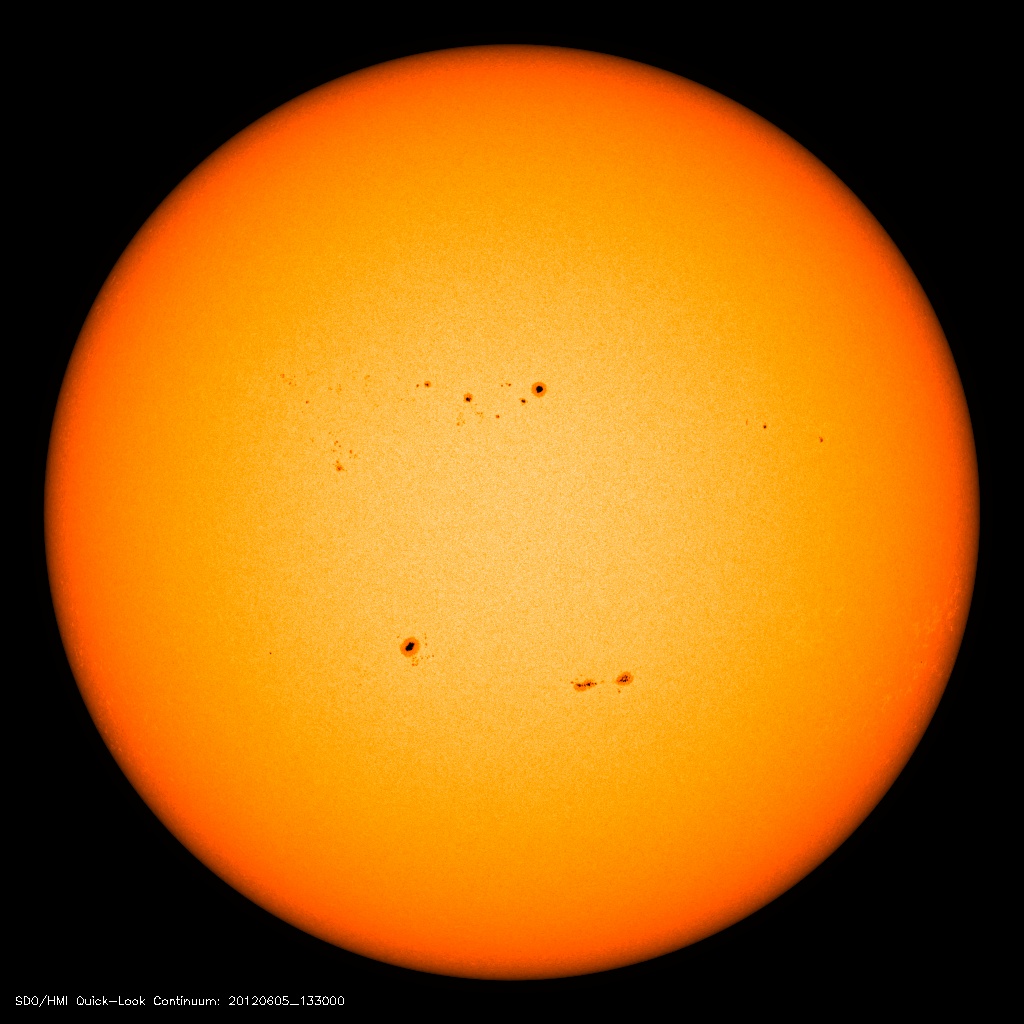The Transit of Venus: Ignore All That Advice About Not Looking At the Sun (We’re Kidding)
Vital Information for Your Everyday Life

The astronomical show will start at about 6:00 PM EST when, fortunately, the sun doesn’t really qualify as “glaring,” but still hasn’t set. It will all be over at about 12:50 AM. The first phase is called “Contact I” or “ingress exterior,” which occurs when Venus first makes contact with the solar disk, which I gather is also known as the photosphere, which is (according to Wikipedia) “the deepest region of a luminous object, usually a star, that is transparent to photons of certain wavelengths.” The next phase is “Contact II” or “ingress interior,” when Venus reaches the face of the sun 18 minutes later. This will result in something that resembles a black tear drop, which is caused by Venus’ trail crossing the solar disk.
The next phase will only be visible (in the Western hemisphere) to our friends in the PST time zone since the sun will have set on the East coast. At 6:25 PM PST, Venus will reach the exact center of its transit path, the “Greatest Transit.” And by 9:30 PM PST, Venus will reach “Contact III” (“egress interior”) as it graces the edge of the solar disk; this marks the last time we’ll be able to see Venus on the Sun’s face. The final phase, “Contact IV” (“egress exterior”) takes place at 9:48 PM PST, and that’s when Venus will have made its full trip across the Sun.
So, how to watch this thing if we’re not supposed to look directly at the Sun:
Astronomers use certain kinds of filters to fix onto the lenses of telescopes to observe Sun-related events, specifically No. 14 welder’s glass, which can simply be held over your eyes. Discovery also provided us with the solar projection method:
Use your telescope or one side of your binoculars to project a magnified image of the sun’s disk onto a shaded white piece of cardboard.
The projected image on the cardboard will be safe to look at and photograph. But be sure to cover the telescope’s finder scope or the unused half of the binoculars, and don’t let anyone look through them.
Or, you can follow Venus’ progress online. The picture above (which you can click to enlarge) is from NASA’s Astronomy Picture of the Day. But for something more constant, Space.com has a guide to the places on the internet following the transit.
So we urge you to follow the transit of Venus, but please: do not watch the Sun without guarding your eyes.
Happy Transit, Venus!
(via Discovery)
Have a tip we should know? tips@themarysue.com